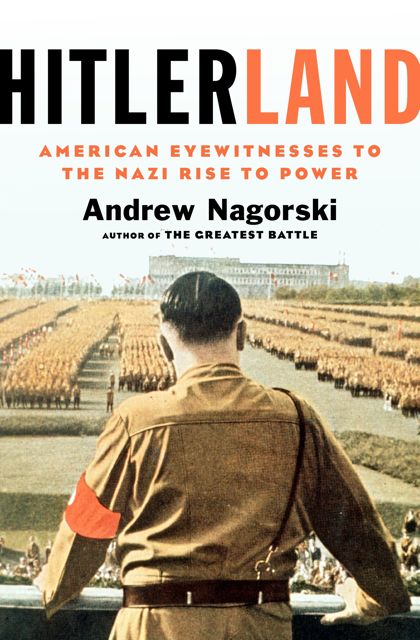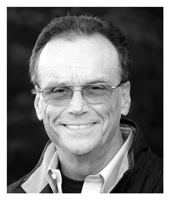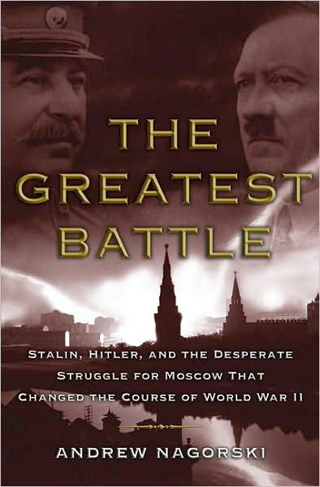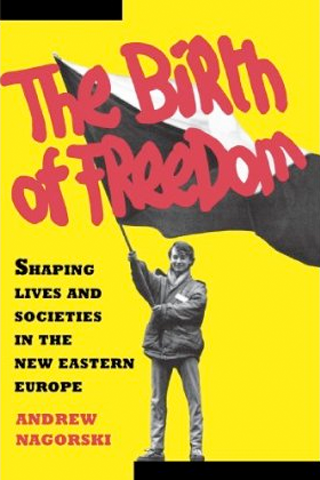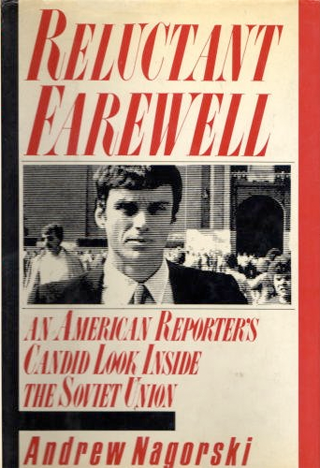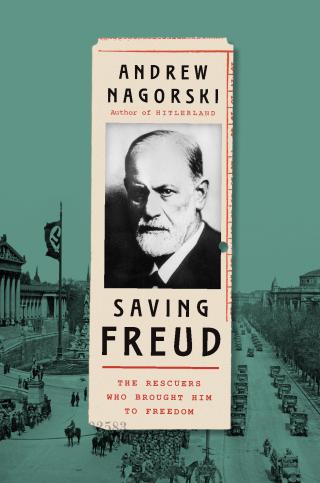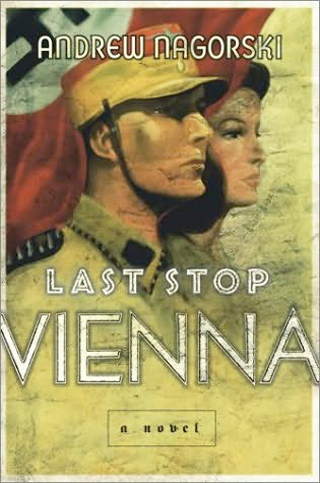Hitler's rise to power, Germanys march to the abyss, as seen by Americans-diplomats, military, expats, visiting authors, Olympic athletes who watched horrified and up close. Some of the Americans in Hitler's Germany were merely casual observers, others deliberately blind, a few were Nazi apologists. But most began slowly to understand what was unfolding, even when they found it difficult to grasp the breadth of the catastrophe.
Among the journalists, William Shirer understood what was happening. Edgar Mowrer, Dorothy Thompson, and Sigrid Schultz, reporters, were alarmed. Consul General George Messersmith distinguished. Truman Smith, the first American official to meet Hitler, was an astute political observer. Historian William Dodd, who FDR tapped as ambassador in Berlin, left disillusioned; his daughter Martha scandalized the embassy with her procession of lovers, Nazis she took up with; she ended as a Soviet spy.
On the scene were George Kennan, the architect of containment; Richard Helms, who rose to the top of the CIA. The writers Sinclair Lewis and Thomas Wolfe, famed aviator Charles Lindbergh, and the great athlete Jesse Owens came through Germany; so did a younger generation of journalists Richard Hottelet, Hans V. Kaltenborn, Howard K. Smith, and Ed Murrow.
These Americans helped their reluctant countrymen begin to understand Nazi Germany as it ruthlessly eliminated political opponents, instilled hatred of Jews and anyone deemed a member of an inferior race, and readied its military and its people for a war for global domination. They helped prepare Americans for the years of struggle ahead.
